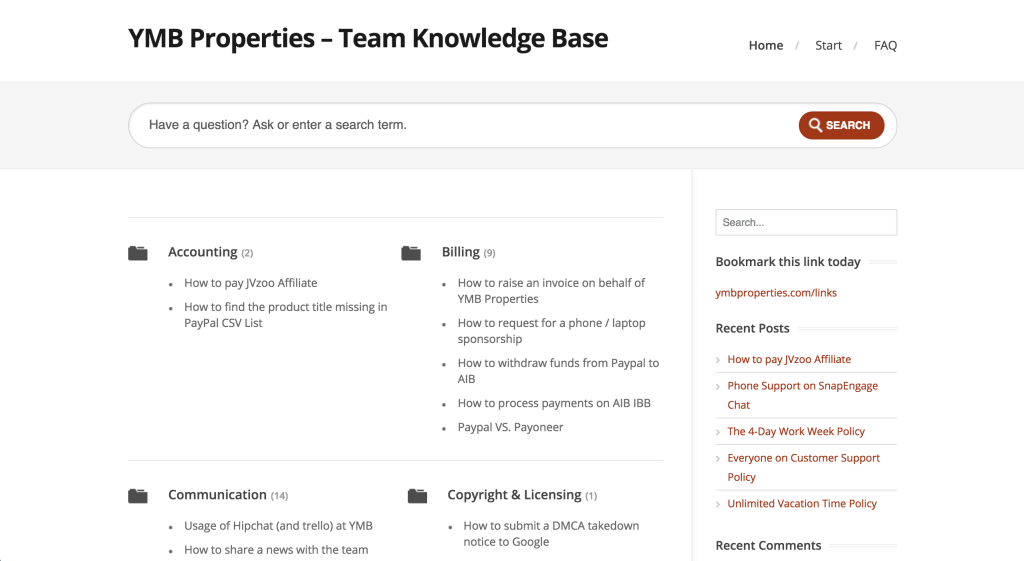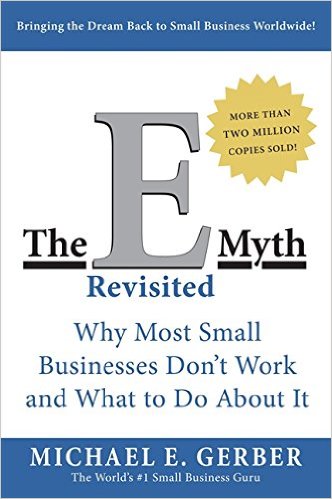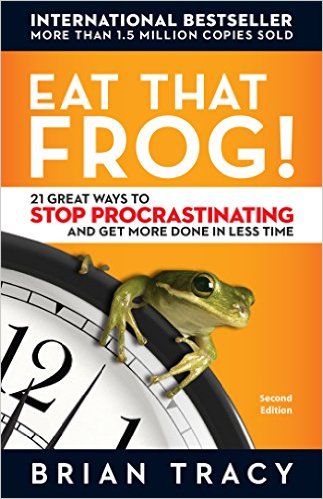Throughout my professional career there have been several points at which the perfect piece of insight came at just the right moment. Often, this insight came to me in the form of a book.
In 2011, I was working for Google, arguably a great place to work for someone keen on embracing a work structure that favors productivity over the business. Yet, there came a moment when I knew that it was going to be my last job; that in the very near future, I would create something on my own that allowed me to live the type of life I craved.
The books on this list provided me with motivation and steered the actions I took that led to the creation of my company YMB Properties, and ultimately Youzign.
They gave me the tools I needed to develop the processes and procedures that systematized my business to a degree that affords me freedoms of many types.
The insight I gained also changed my mindset in regard to money – a shift that has been critical to growing Youzign in a profitable and holistic way.
1. The Four Hour Work Week by Tim Ferriss
As a New York Times Best Seller, Tim Ferriss’ book has changed the lives of many who want to live a freedom-based life while still growing professionally. I read this book a year before starting Youzign and gained the motivation I needed to make my dream a reality.
It solidified in my mind that it is possible to create a business that supports a specific lifestyle, one that values travel and free time over grinding out 80-hour work weeks.
It also became the basis of the culture of Youzign: work where you want, when you want as long as the job gets done. I am proud of the fact that we do not have a traditional company structure. My twenty collegues at Youzign have never been a slave to a Youzign timeclock; and they never will.
From a business perspective, this book taught me the value of the Pareto Principle and how it applies to growing a business. Focusing hard on the 20% of the work that was yielding 80% of the results enabled me to set detailed objectives down the task level.
Instead of becoming bogged-down in a never ending list of action items, my team and I focus on three to five main business objectives per a month.
This approach also helped me identify my own value within the company: the time I spend organizing our objectives and creating sales materials drives more revenue into the company than anything else I do throughout the course of a day. This realization alone has given me a tremendous amount of personal freedom as I now focus on only doing what is important instead of trying to do everything.
Finally, this book introduced me to the value of systems. While it was not something I implemented immediately, I knew that I had this tool in my back pocket and that as soon as I was ready, I could pull it out and use it take the business where it needed to go.
In the years that followed, I implemented an outsourcing system that ensures unimportant and tedious tasks are handled by someone else. Support, billing and responding are handled by an outsource team. Letting go of these tasks has freed more than my time – it has freed my mind.
Perhaps the most relevant example of this mindset change is a rule we implemented very early at Youzign: all business decisions that cost less than $100 do not need my approval.
This way, my team is empowered to make these decisions on their own and to take ownership of the results; as a bonus, I do not have to waste time thinking about these minor expense decisions and can remain focused on what matters most.
2. The E-Myth by Michael Gerber
With The Four Hour Work Week, I was just beginning to dip my toe into the world of systems. After reading The E-Myth, I was diving headfirst into the deep end of the pool.
After roughly two years in business, I was at a critical moment with YMB Properties. I was becoming overwhelmed by the amount of work it required to continue growing the business on my own and needed a way to continue the growth without giving up more than I wanted to lose.
Gerber’s book taught me that every business should operate like McDonalds. The fast food giant has made a fortune off of a highly-systematized method of operating that ensures the daily operations of the restaurant can be accomplished by anyone and that individual tasks can be easily passed on to any team member.

In an effort to create the same level of flexibility within Youzign, I spent four months writing an operation manual that details every aspect of the operations side of the business. There are descriptive how-to’s and checklists for everything from on-boarding a new employee in writing an email.
The impact this has had on my personal involvement in the business has been monumental. It allowed to let go of the daily operations of the business; to trust that I have put the right people in-place and provided them with the tools they need to be successful.
Now, my role is to set the vision for the company, communicate that vision to the rest of the team and provide the support needed to enable the team to fulfill the vision.
3. The Cash Flow Quadrant by Robert Kiyosaki

If I hadn’t read this book I am not sure that I ever would have understood the way money should flow in a business. Like most, my mindset was that the money generated by the business was meant to be spent on the hundreds of little things that require attention – paying salaries, paying bills, enjoying a night out. While these remain essential to success, the first stop for the money generated by the business should not be the expense bucket.
https://www.youtube.com/watch?v=CSAV5KjABF0
Kiyosaki’s book taught me that the money generated by the business was meant to be spent on building assets and that the money generated by those assets should be paying the expenses. The video above explains it very well.
In my case, this meant that most of my income started to go directly into my business, at the time when I was still working. The growth I have seen since making this change has been substantial – I went from being stuck at a job for 6 years to running my own company 6 months after implementing Kiyosaki’s personal finance model.
And up to this day we have always kept this model: the revenue generated by Youzign is spent on improving the software, on developing the new updates we are pushing to users nearly every day rather than wasted in other side projects (or partying). This focus has serves us well so far.
4. Eat That Frog by Brian Tracy
This action-packed little book has simplified the way I approach my daily tasks. Tracy extols the virtues of doing whatever scares you first – this simple approach streamlines the hundreds of things that need my attention into one, simple question: the thing I am doing right now, does it add value to my business?
Much like Ryan Holiday’s The Obstacle is the Way, Gerber warns against allowing the space to talk yourself out of doing the hard thing. By jumping on the difficult task as early as possible, your mind is unburdened and you are better able to concentrate on the other 99 things that need to get done.
In practice, this has changed the way I organize my To-Do lists. I start by doing a brain dump, GTD style; listing everything I can think of that needs to get done. Then, I focus on the three to five actions that will have the most impact and work on those all day. This practice has led me to realize that out of the fifty actions that make it to the list, only five really matter.
The rest can be easily dismissed, as you would never get enough time in the day to do everything the world requires from you.
Tracy also shares a multitude of practical strategies you can use to boost your productivity and focus on what really matters. This is arguably the best productivity book I ever read, so I highly recommend it if you are struggling with procrastination and paralysis by analysis.
Make it an amazing day,

These books motivated me, educated me and, in some cases, completely changed my views on some fairly important subjects. What business (or other books) moved you? Let me know in the comments.




Leave a Reply